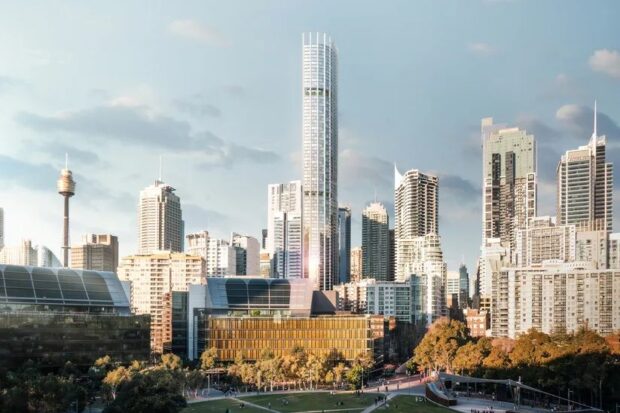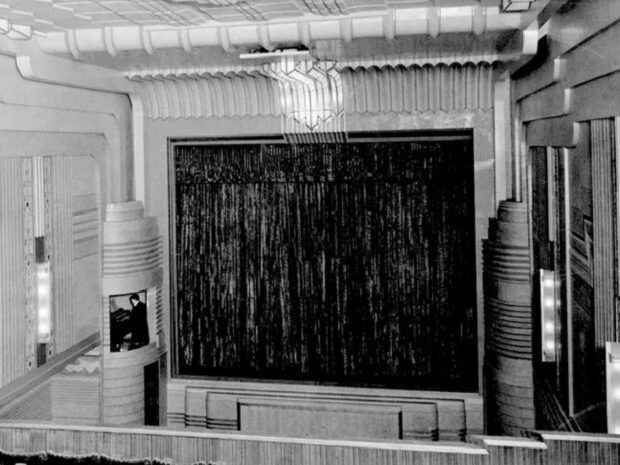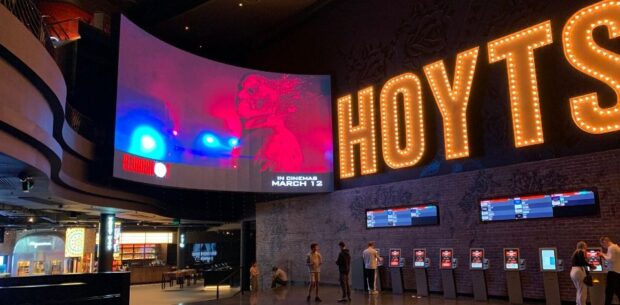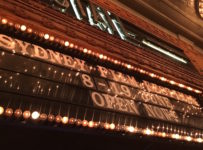If redevelopment plans for one of Sydney’s most iconic cinemas succeeds, then fans, festivals and filmmakers must ponder what the future of the city’s film scene will look like.
Film is important.
It’s a comparatively newer art form, if you hold it up against literature and theatre, but there are few communal entertainment experiences that continue to attract audiences in the millions.
More than that, cinemas are a meeting place. A communal experience. Whether it is a rousing chorus of fandom at the end of Avengers: Endgame or a collective gasp of surprise in the award-winning Parasite, it’s a unique experience that’s difficult to replicate in your lounge room. During the current global pandemic, the absence of that collective transformation has been keenly felt by audiences all over the world.
Now, with the announcement that there are plans to replace Sydney’s George Street cinemas with a 270-metre residential skyscraper, the possibility of returning to that experience has become a diminishing prospect.

Over the last few years, Sydneysiders have watched George Street transform. Indeed, with the seemingly endless construction of the light rail, the CBD looked less like a functioning metropolis and more like the post-credits scene of a Hollywood disaster movie.
It’s easy to say that you can replace the megacomplex with the smaller satellite cinemas. Broadway, Dendy Newtown, Palace Central, Moore Park’s Entertainment Quarter, and the Paddington cinemas are a stone’s throw away from the city centre, although programming differs wildly between them.
Take Asian cinema, for example, something that I have long supported on this site. Releases windows been inconsistent, but you could always rely on the George Street cinemas to be the one place that you could see these smaller boutique releases alongside the latest high-profile fare. Pushing smaller content into the suburbs is not feasible when those cinemas face their own balance between diverse content on limited screens.
Then there’s the historic aspect of this cinema complex as well, which first opened back in 1976. Now a giant Event Cinema, it was once split into three separate cinemas: Greater Union, Hoyts and a smaller Village cinema. While they joined together in 2001, there’s still evidence of this as you go over a little bump where the buildings meet on your way down from the lobby to the depths of Cinema 12. On a good day you would bounce between all three, or stay in one at devour all of the content.

While the development proposal incorporates a boutique cinema, for many punters the admittedly grungy site represents more than a place to see a film. It’s a hang-out, a night out and a meetup spot. Outside of the Town Hall steps, is there a more recognisable place on George Street to wait for your friends or date?
“I have been going to that cinema since it opened as Hoyts in the mid-70s,” says David McVay, film fan, podcaster, blogger at Geek Actually and good friend of the Bits. “I saw Battlestar Galactica and The Amazing Spider-Man, Capricorn One and Damnation Alley and so many more memories,” he adds. “I practically lived there in the ’80s.”

SIDEBAR: George Street has a rich history of cinema. In the 1930s, the Hoyts Century Theatre was a single-screen gem that ran first-run films. It was demolished in 1983. There were also cinemas like the Globe Newsreel on the current site of the Metro (which also briefly housed a Dendy), and the 2000-seat Plaza Theatre in the heritage listed building next door that has since been home to Planet Hollywood and the Star Bar. (Photo: The Century Cinema. Credit: Ian Hanson/Cinema Treasures)
Event has tried a number of different ways of rearranging the George Street space in the last few years as well. Building on the success of the premium tier Gold Class model, their new Boutique screens offer “theatrical, bespoke, design-led cinema experience.” There’s also the 4Dx screen that shakes the seats and sprays water on audiences in order to make the theatre experience more immersive. Of course, this also means fewer screens to play regular sessions.
Event’s departure would mark the latest in a series of closures. When I was first pursuing my attempts to be a ‘serious’ film watcher in the late 90s, I had a plethora of cinemas to choose from. There was the Pitt Street cinemas (right next to the Brashs), the Rialto Mandolin on Elizabeth Street, Dendy Cinemas on George Street and at Martin Place and, of course, the George Street cinema complex on the current site of the Event Cinemas.
More recently, Dendy Opera Quay announced its closure as it came to the end of a lease. This, however, will remain open to Sydney audiences under the new administration of United Cinemas.

I’m not naive to the realities of business and the desirability of Sydney as a place to live. Yet part of that appeal comes from what we have to offer our people. In 2010, Sydney was declared a UNESCO City of Film. part of the bid was “to promote the enjoyment of screen culture by Sydneysiders and tourists for cultural and economic benefit.”
It’s difficult to imagine how that works in the absence of flagship cinemas like the ones on George Street. They have been the home to events as broad as the Sydney Film Festival or as specific as the country-based festivals like the Japanese Film Festival. They have provided homes to indie releases through special event nights, and red carpet premieres to some of the biggest blockbusters. (Half of Sydney has a story from the Mad Max: Fury Road opening night).
As pandemic restrictions ease around the country, we will want to start going back and doing the things we love again. So, we must ask ourselves as a city: what kind of place do we want to return to and what do we want the future to look like?
Edited and updated on 15 May 2020.




